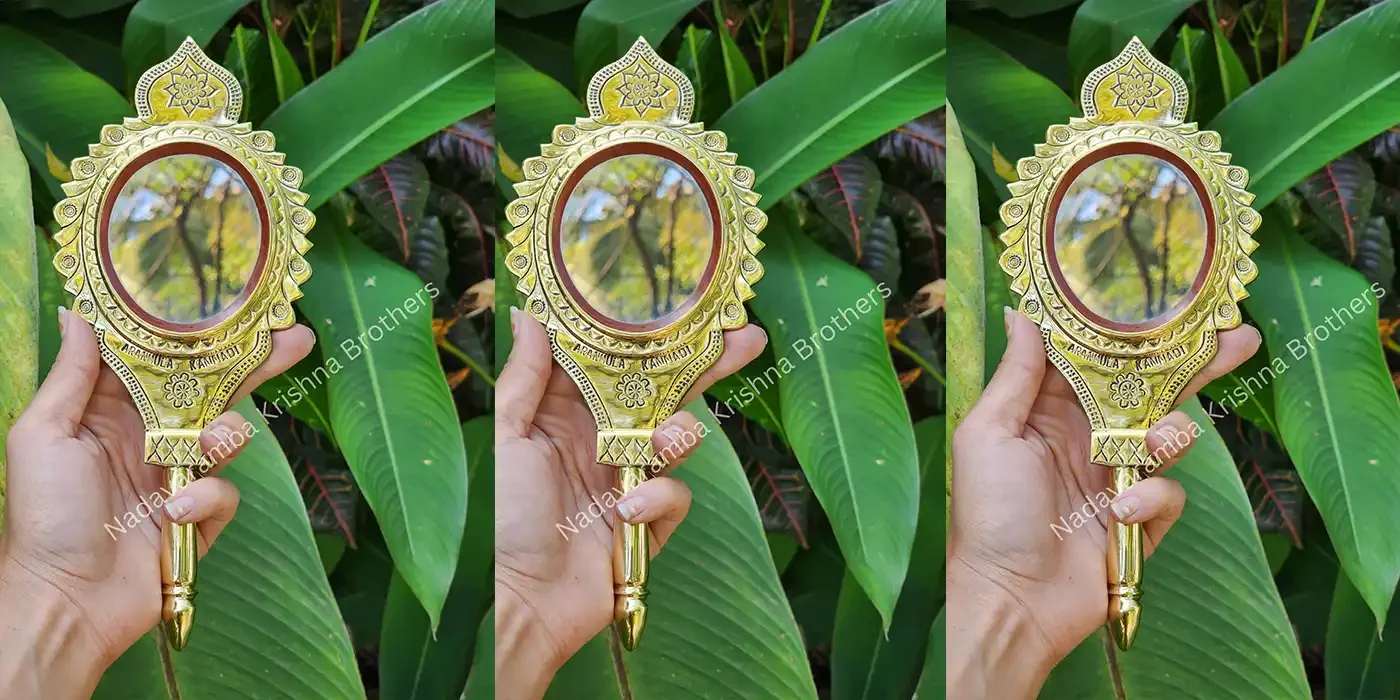No products in the cart.

The traditional Kerala uruli, a wide-mouthed, shallow vessel made of bell metal (a mix of copper and tin), has been […]


The traditional Kerala uruli, a wide-mouthed, shallow vessel made of bell metal (a mix of copper and tin), has been […]

Aranmula Kannadi Aranmula, a charming town in Kerala’s Pathanamthitta district, is the birthplace of the Aranmula Kannadi, also known as […]
One of Kerala’s most recognizable traditional lights, the Nilavilakku, or floor lamp, has come to symbolize the state’s culture. With […]

The brass Nilavilakku is a luminous symbol of tradition, spirituality, and artistry that is deeply ingrained in cultural practices. This […]